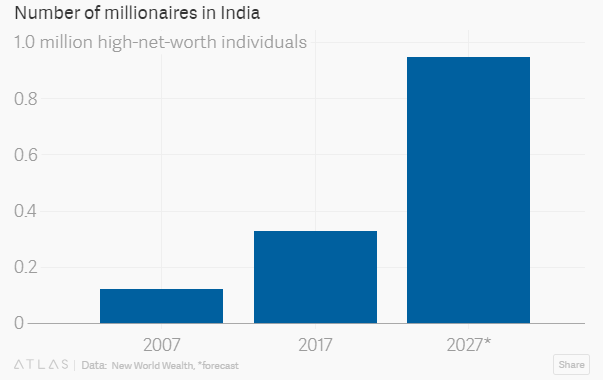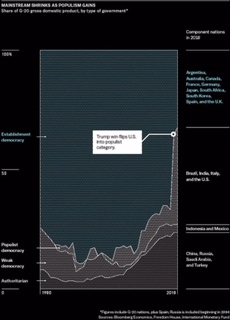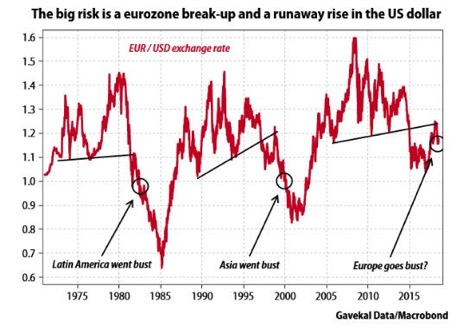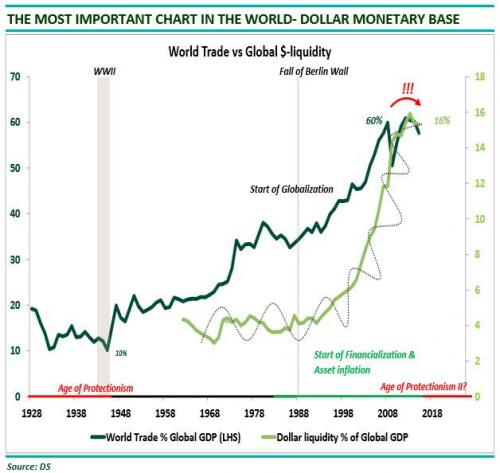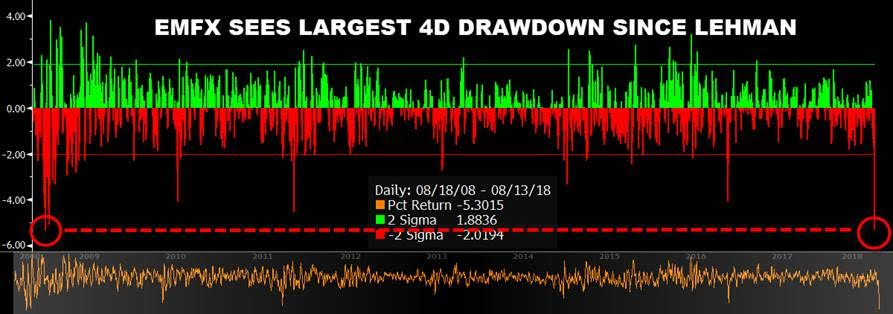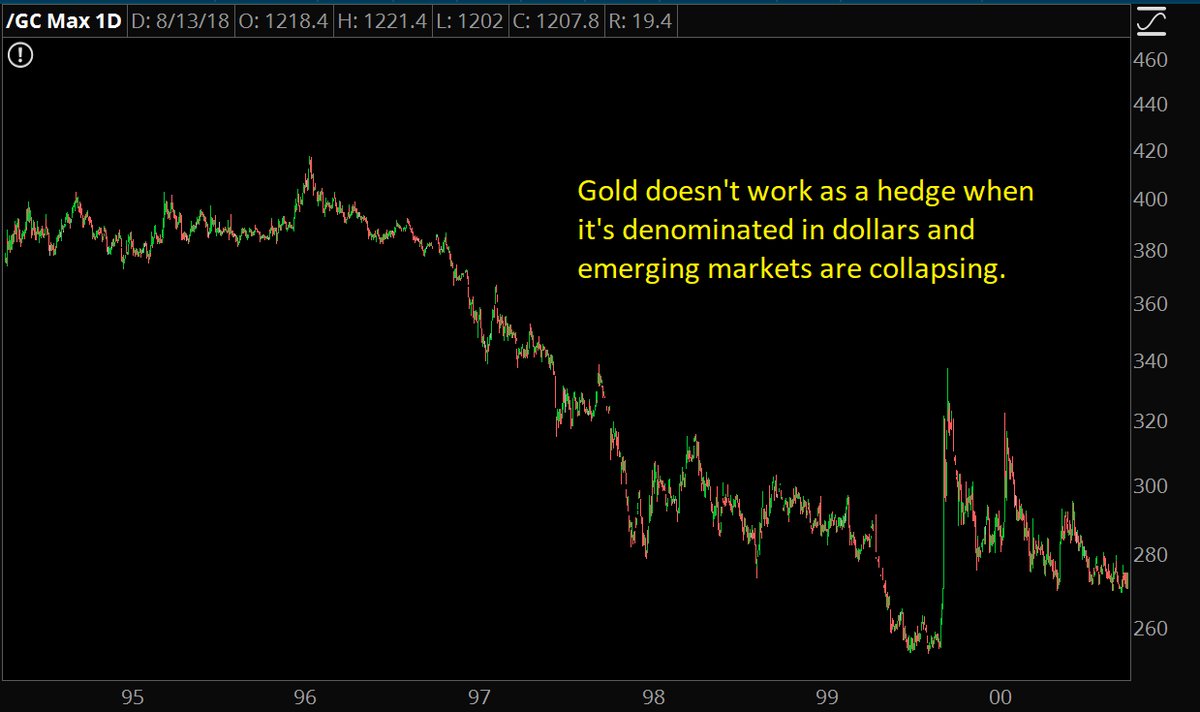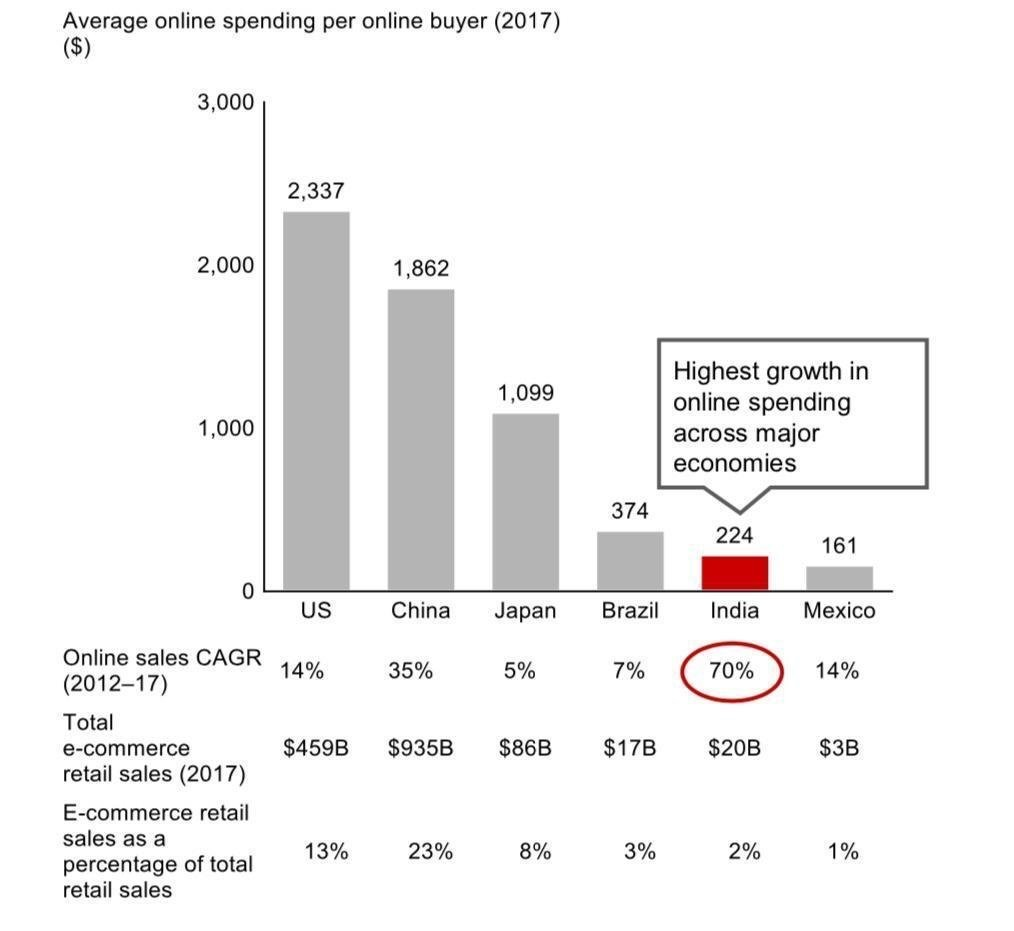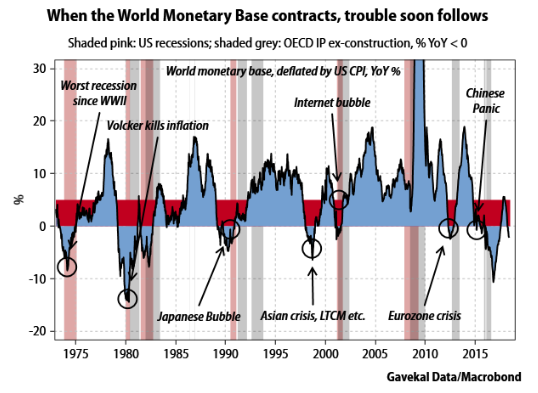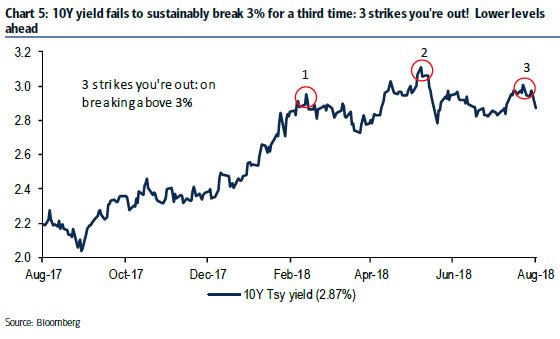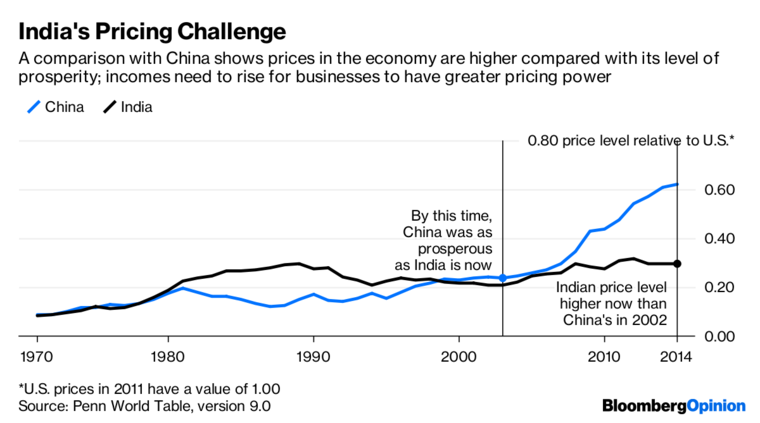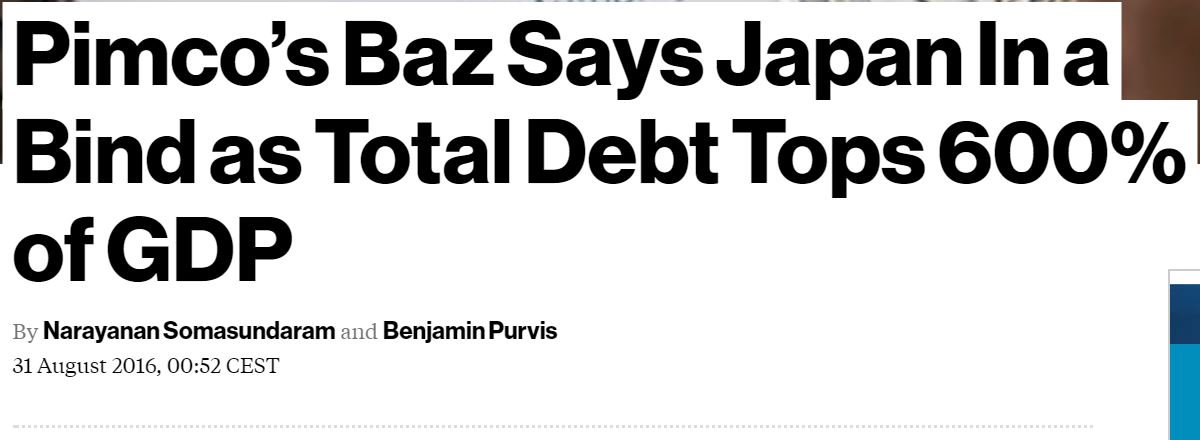Vijay Mantri explains in simple term about how best to combine SIP and Home loan payment with an illustration. Lets say you have taken last 20 years’ average home loan rate which is close to 10.5 percent. Currently, home loan interest is 8.6-9 percent. For Rs 60 lakh housing loan, you pay close to Rs 60,000 EMI (equated monthly installment) per month and over a 20-year period you pay Rs 84 lakh interest. So, you took Rs 60 lakh housing loan but through EMI you are paying Rs 60,000 per month. So, over a 20-year period, you pay Rs 60 lakh plus Rs 84 lakh, which is Rs 1.44 crore you will pay to the housing finance company.
You have Rs 60,000 EMI. So, start Rs 20,000 SIP. For the sake of avoiding any complications, take only Nifty, but you can take any other scheme. So, you have started Rs 20,000 SIP in Nifty. You are paying Rs 60,000 EMI and you have also started Rs 20,000 SIP. Don’t touch this for the first three years—continue to pay Rs 60,000 as EMI and Rs 20,000 SIP for the first three years.
After 3 years, you look at how your SIP has done. For the sake of convenience,if the IRR of SIP goes beyond 15 percent, then it means markets are doing very well .You take all your money out, except the last 12 months’. Don’t touch the amount for the last 12 months because there could be exit load and tax complications.
So, suppose you are doing review of 48 months, then you take out money from 1-36 months. Take that money out because you have hit the 15 percent target. It is not necessary that you will hit 15 percent target in 36 months. Sometimes, it takes 48-60 months. Whenever you hit the 15 percent, the target you have in mind, you take out that money except the last 12 installments of SIP and to that extent you pre-pay your housing loan. Lot of customers believe that advisors don’t tell when to take the money out. So, this is a simple strategy.
It helps you to sell in the rising market. While selling in the rising market, you are also paying your liability. So, you get a lot of mental comfort that I am knocking off my liability.
On an average, you will be able to repay your 20-year housing loan in 10-11 years. The market goes through the bull cycle of every 8-10 years. So, when you hit 15 percent, the next 15 percent will come in the fag-end. So, maximum you end up doing this exercise twice but it will have huge benefits.
The above illustration is too simplistic but it allows you to get away from noise and strengthen your household balancesheet
More from the article below
https://www.bloombergquint.com/mutual-funds/2018/08/11/the-mutual-fund-show-this-strategy-not-only-helps-you-to-prepay-a-home-loan-but-create-wealth#gs.hdGKVZo
